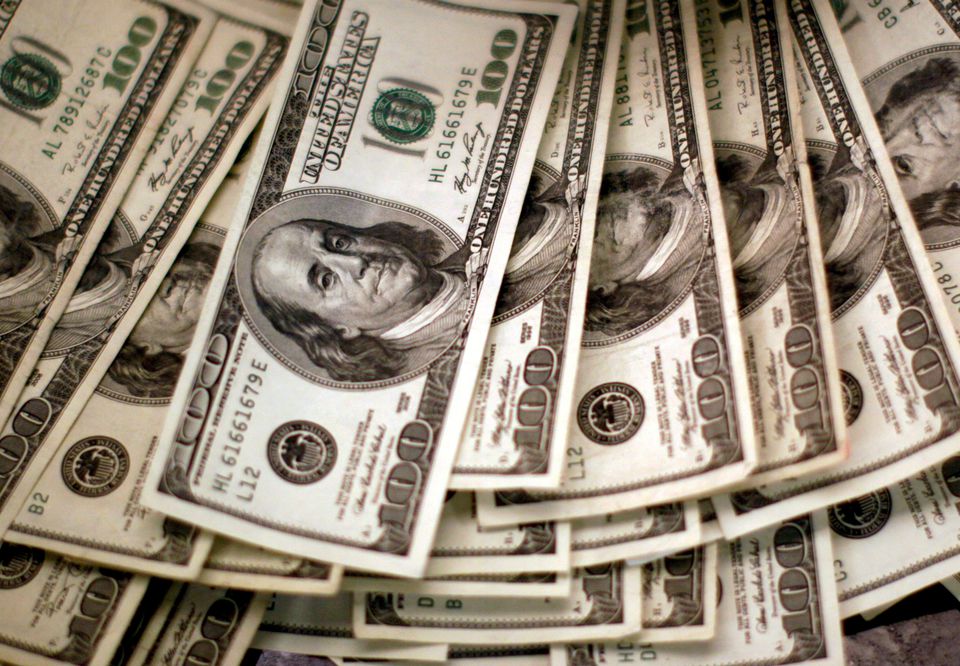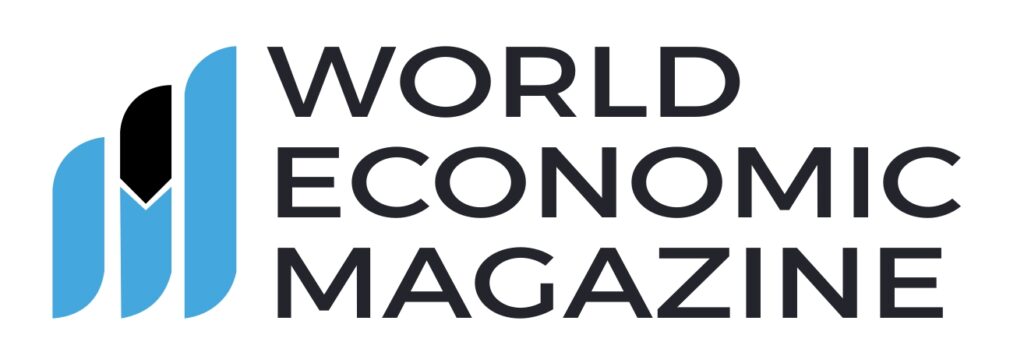
Dollar bides time below two-month highs before payrolls test
TOKYO, June 29 (Reuters) – The dollar hovered below a two-month high versus major counterparts on Tuesday, with traders largely sidelined ahead of a closely watched U.S. jobs report, which could sway the timing of an exit from Federal Reserve stimulus.
The dollar index , which tracks the greenback against a basket of six major currencies, was at 91.884 early in the Asian session after retreating from as high as 92.408 on June 18, in the week the Federal Open Market Committee shocked markets by predicting two interest rate hikes by end-2023.
The Fed commentary since then has put the focus on the data to determine when a tapering of asset purchases and higher rates are appropriate, with Chair Jerome Powell saying a weak ago that policymakers won’t act on just the “fear” of inflation, and will encourage a “broad and inclusive” job market recovery. read more
The U.S. Labor Department is expected to report a gain of 690,000 jobs in June, compared with 559,000 in May, and an unemployment rate of 5.7% versus 5.8% in the previous month, according to a Reuters poll of economists.
Investors are also looking at U.S. consumer confidence data on Tuesday as well as the Institute for Supply Management’s manufacturing index on Thursday for clues as to where interest rates are headed.
The dollar bought 110.620 yen , hanging below a nearly 13-month high of 111.110 reached last week.
Both the dollar and yen benefited from some safe-haven demand as the more contagious Delta strain of the novel coronavirus spread in Asia and elsewhere, stoking fears of further lockdowns.
The euro was at $1.19210, edging back toward the 2-1/2-month low of $1.8470 touched on June 18.
“The market had been positioned long of the single currency on optimism regarding the vaccine catch-up trade in the region (but) forecasts that the Delta variant of COVID could spread through Europe (in) the summer months could now be undermining confidence in this trade,” Rabobank strategist Jane Foley wrote in a report, cutting a one-month euro forecast to $1.19 from $1.20.
“Assuming the U.S. data remains broadly supportive, we expect the USD to grind moderately higher vs. the EUR though the course of the year.”
Elsewhere, sterling slipped back toward a two-month low, waekening 0.1% to $1.38645.
The Australian dollar , seen as a liquid proxy for risk appetite, was mostly unchanged at $0.75615 after falling 0.3% at the start of the week on concerns over renewed COVID-19 lockdowns across parts of the country.
The kiwi dollar was also steady $0.70430 ahead of a speech by Reserve Bank of New Zealand Governor Adrian Orr. The currency dropped 0.4% on Monday, ending a five-day winning run after rebounding from its lowest level since November.
“We expect the RBNZ to start tightening monetary policy more than one year before the FOMC, which is a tailwind for the NZD,” CBA analyst Kim Mundy wrote in a client note.
“The RBNZ is the most hawkish central bank under our coverage.”
========================================================
Currency bid prices at 0100 GMT
| Description | RIC | Last | U.S. Close Previous Session | Pct Change | YTD Pct Change | High Bid | Low Bid |
| Euro/Dollar | $1.1919 | $1.1923 | -0.03% | -2.45% | +1.1930 | +1.1918 | |
| Dollar/Yen | 110.5250 | 110.5500 | +0.05% | +7.08% | +110.6300 | +110.6000 | |
| Euro/Yen | 131.73 | 131.90 | -0.13% | +3.79% | +131.9400 | +131.7400 | |
| Dollar/Swiss | 0.9203 | 0.9200 | +0.04% | +4.03% | +0.9204 | +0.9196 | |
| Sterling/Dollar | 1.3863 | 1.3880 | -0.12% | +1.47% | +1.3882 | +1.3860 | |
| Dollar/Canadian | 1.2337 | 1.2342 | -0.04% | -3.11% | +1.2343 | +1.2333 | |
| Aussie/Dollar | 0.7560 | 0.7565 | -0.07% | -1.72% | +0.7570 | +0.7558 | |
| NZ Dollar/Dollar | 0.7043 | 0.7042 | +0.04% | -1.90% | +0.7051 | +0.7038 | |
All spots
Tokyo spots
Europe spots
Volatilities
Tokyo Forex market info from BOJReporting by Kevin Buckland Editing by Shri Navaratnam
Our Standards: The Thomson Reuters Trust Principles.






